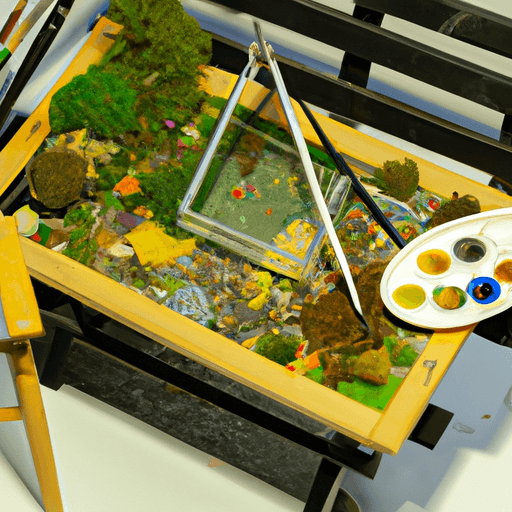Transforming Small Spaces into Creative Miniature Gardens
In the urban spaces where yards and patios are often restricted, the concept of miniature gardening has risen as an engaging and creative pastime. This article will serve as a comprehensive guide for those looking forward to transforming their limited spaces into lush, green areas. We will delve into several techniques, suitable types of plants, necessary tools, and maintenance tips for creating a thriving miniature garden.
Understanding Miniature Gardening
Miniature gardening is an innovative way of using small spaces to create aesthetic and attractive environments. These gardens can be indoor or outdoor and are a favorable way of adding a touch of natural beauty to your living spaces. The key is to imagine, design and create on a scaled-down level.
Techniques for Miniature Gardening
Creating a miniature garden involves various techniques such as:
- Choosing the right container that matches your aesthetics and has good drainage.
- Filling it with suitable compost or potting soil. Each type of plant has a unique soil preference.
- Selecting your plants per your container size, the availability of sunlight, and ease of maintenance.
- Illustrating a theme or story for your garden.
- Utilizing creativity and miniature accessories to impart a realistic and alluring appeal.
Types of Plants Suitable for Miniature Gardens
The best plants for miniature gardens are those which remain small or grow slowly. Ferns, succulents, low-growing herbs, and sedum are suitable choices, which are both low in maintenance and highly adaptable.
Required Tools for Miniature Gardening
The most basic gardening tools required are miniaturized versions to fit your garden size. These include: a tiny spade, pruning shears, tweezers, and a watering can with a small nozzle. The tools should be delicate and precise enough to work with your scaled mini garden.
Maintaining Your Miniature Garden
Maintenance is key for the longevity of your garden. Regular watering, trimming, and occasional repotting keep the garden healthy. Always remove wilted leaves and flora to prevent the spread of disease among plants. Lastly, provide your garden with adequate sunlight or artificial light source.
The Role of Creativity
Creativity breathes life into miniature gardens. Think of them as little make-believe worlds where you can let your imagination run wild. Miniature furniture, pathways, fairy houses, and even tiny lights can turn your garden into a magical landscape.
Overall, miniature gardening is a delightful challenge that promotes creativity and a love for green spaces, even in the heart of a bustling city. And with the tips provided in this guide, one can easily embark on this marvelous gardening journey.
















Comments
Leave a Comment